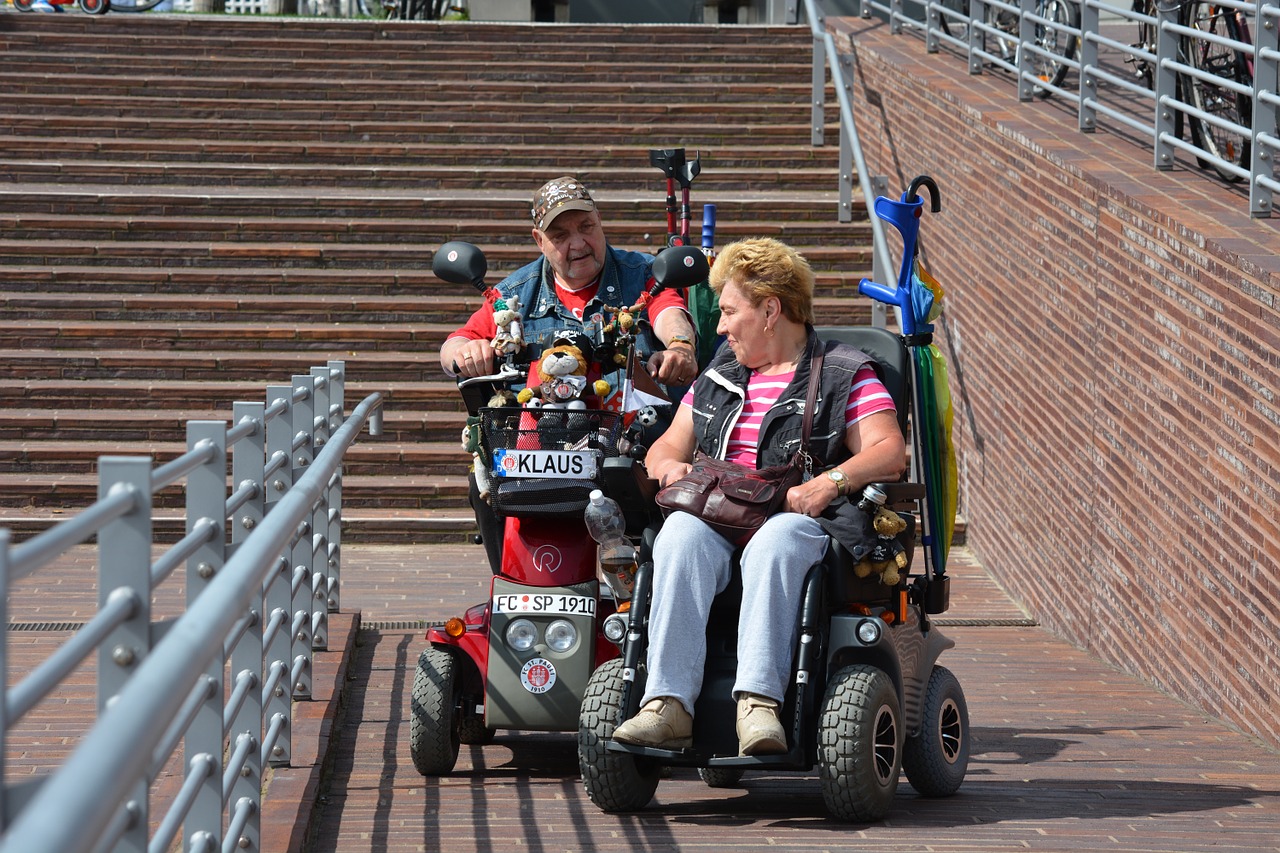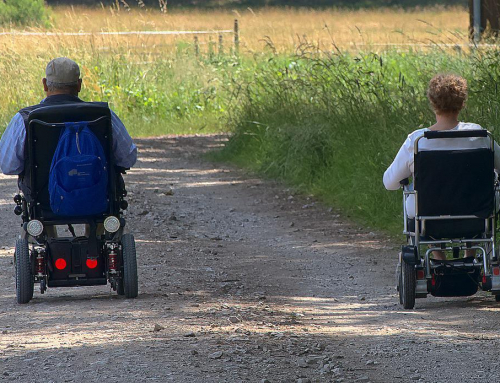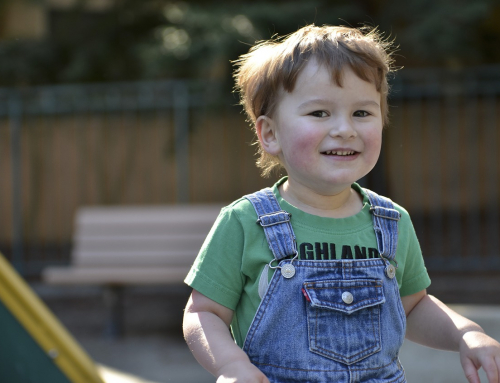May is the month dedicated for mobility awareness, a reminder that there are mobility solutions available that can help individuals enjoy greater independence and stay active in the community, especially the elderly and persons with disability.
There are a number of reasons as to why a person might experience difficulty in mobility. These can include arthritis, stroke, pulmonary or neurological diseases, injury or trauma among others. Fortunately, there have been numerous advances in technology, and with these advances have come a myriad of solutions to fit the unique needs of each individual.
Why is it important to exercise?
Exercise is important for every person. No matter how old or out of shape you think you are, it is never too late to add more physical activity to your life. Regular and consistent exercise can:
- Help control your weight. Along with healthy diet, exercise plays an important part in preventing obesity.
- Reduce risk of heart disease. Exercise strengthens the heart, improves circulation and can lower blood pressure.
- Improve mental health and mood. During exercise, the body releases chemicals that can help you handle stress and reduce the risk of depression.
- Strengthen bones and muscles. Weight-bearing activities can help increase and maintain muscle mass while slowing the loss of bone density that naturally comes with age.
- Reduce risk of some cancers, including colon, breast, uterine and lung cancer.
- Help keep your thinking, learning, and judgment skills sharp as you age. Exercise stimulates your body to release proteins and other chemicals that improve the structure and function of your brain.
- Reduce your risk of falls. For older adults, research shows that doing balance and muscle-strengthening activities in addition to moderate-intensity aerobic activity can help reduce your risk of falling.
- Improve your sleep. Exercise can help you to fall asleep faster and stay asleep longer.
Where there is a lack of mobility, there are assistive tools to help persons walk and move around. Some examples include:
More specialized options are also available, like highly customized and individually configured wheelchairs and components that are designed specifically for the user to meet their medical and functional needs.
How can one increase exercise as part of a daily routine?
- Take the stairs. Taking the stairs is a great and easy way to add movement to your day and increase your heart rate. In time you’ll be able to see the results of your body being active when you can reach the top without being out of breath.
- Go for a walk. Sitting for extended periods of time has been proven to have negative effects not only on one’s posture, but health wise aswell. Taking a break every hour or so to get up and walk around will help your wellbeing.
- Work out in the morning. Before heading out or going to work do a couple sets of crunches and push-ups or jumping jacks. Just 20 to 30 minutes will set a positive and healthy tone for the rest of your day.
- Invest in a pedometer. It is really easy to track your steps. Even if you don’t have a fitness tracker, your phone automatically keeps track of how many steps you are taking when you have it with you. Setting a goal and reaching it also helps lift your mood and automatically motivates you to do more.
- Add movement to housework. Focus on posture and the different muscle groups you’re using while doing chores around the house. Listening to music will automtically add to your excerise – dancing will add some activity to your day and add some fun to your chores.
Physical exercise has the potential to improve our mental, physical and emotional wellbeing. Just by making a few changes to our lifestyle and habits will aid in including exercise and movement as part of a healthy routine.






